How germs spread from surfaces
Many of us have become obsessed with the world of microorganisms during the COVID-19 pandemic. We are leery of door handles and elevator buttons in public spaces.
And we have good reason to be. Scientists have found that many potentially infectious bacteria, viruses, yeasts and moulds can survive on surfaces for considerable amounts of time.
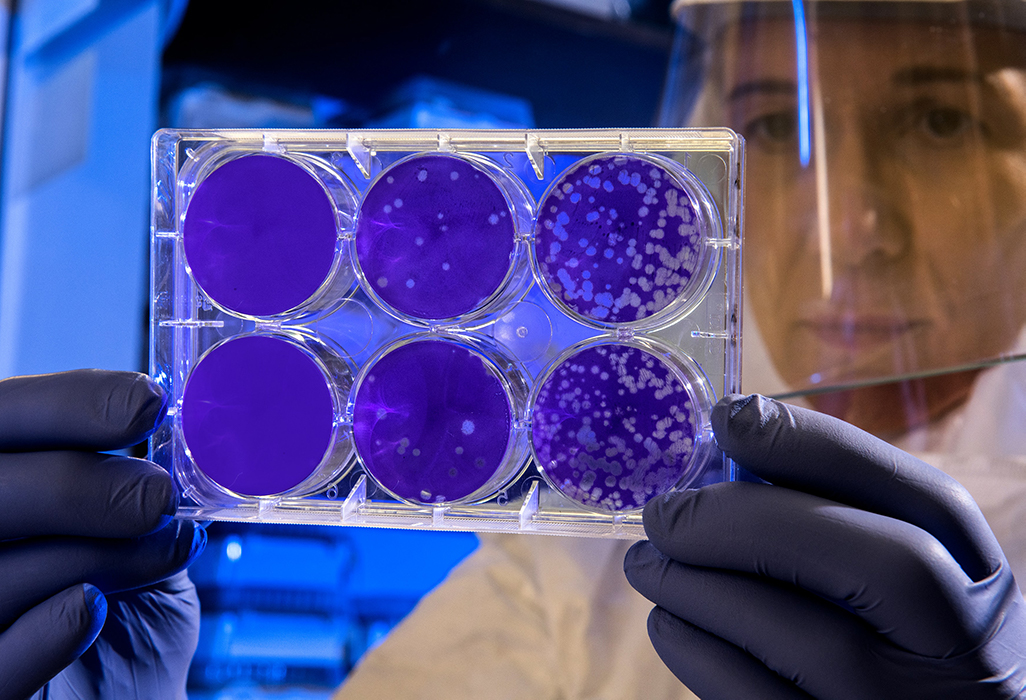
We know that diseases often spread by direct contact with other people. For a pathogen (disease-causing microorganism), finding a way out of an infected person is easy enough via sniffles, sneezes and coughs. But to make you sick, a pathogen needs to find its way into you in sufficient numbers to survive the initial assault of your immune system, and then multiply.
Surfaces add a new level of difficulty. A pathogen must land on a surface and be able to survive on it until you touch it. After that, it still has to make it from the touch point to whatever area of the body the pathogen targets before it can thrive.
Some pathogens are better suited for surface transmission. The fungus that causes athlete’s foot, tinea, survives on warm, moist surfaces like showers. In the right conditions, some microorganisms even form hard-to-remove biofilms.
Other pathogens aren’t as suited to this pathway. Since they are dependent on a host, virus survival on surfaces is limited. On their own, virus numbers can’t increase on a surface—only decline. For human coronaviruses, the link between surfaces and infection hasn’t been proven—but scientists urge us to remain cautious and maintain good hygiene.
Surface contamination is a serious issue in healthcare settings, where lots of people carrying all sorts of germs gather. Elsewhere, because there are fewer pathogens in a larger area, the situation is less dire. But science can point out the most likely risks to avoid.
Cardboard, wood and cloth: safety in pores
The kind of surface matters. A recent review of the scientific literature found that the severe acute respiratory syndrome coronavirus 2 (SARS-CoV-2), which causes COVID-19, can survive on different surfaces for different amounts of time.
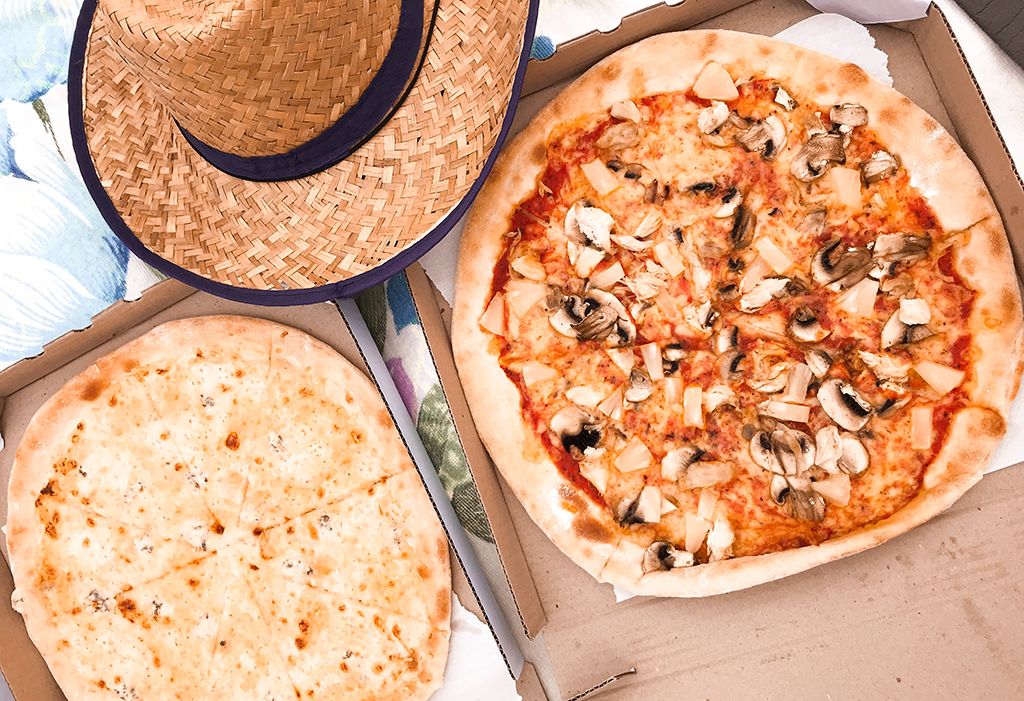
On cardboard, it can survive for up to 24 hours. “I don't think that's likely to be a major source of infection,” said Australian immunologist Professor Peter Doherty in a recent interview, “but it's something you just might keep in mind when you're taking hold of the pizza box.”
The Australian Government Department of Health agrees. Its advice for cargo and mail workers (PDF) is that the risk of catching the virus from handling goods is low.
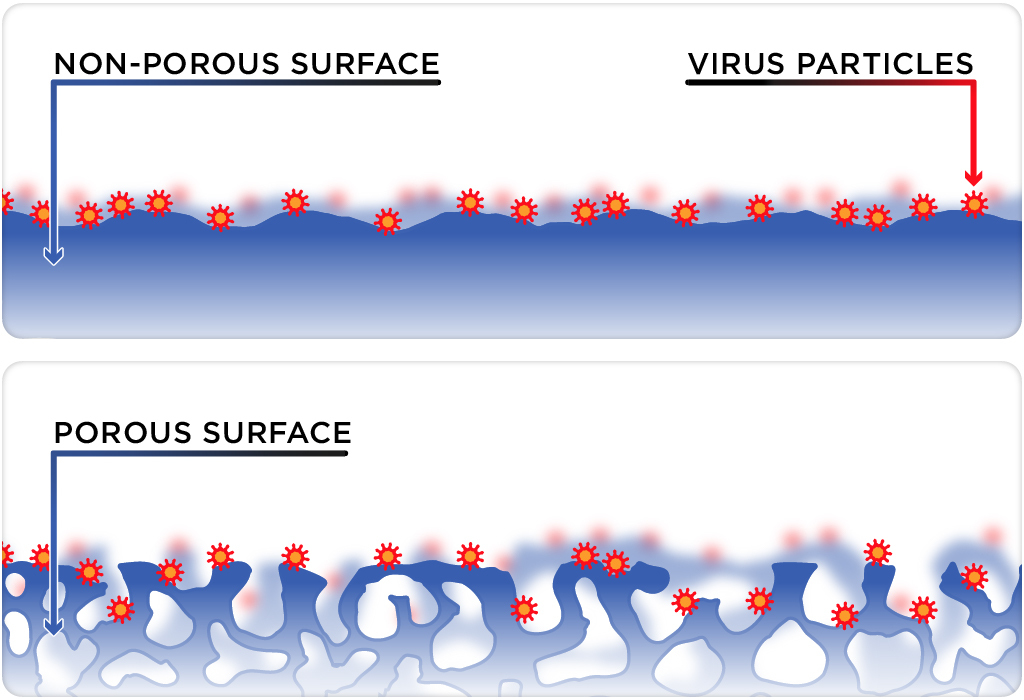
Surface porosity might be the key. Viruses are some of the tiniest biological organisms known. Like a golf ball rolling into a field of holes, they might sink into porous materials—like cardboard, wood or cloth—seldom to be seen again.
This might come as a surprise. Common advice for your kitchen is to avoid wooden chopping boards. Because liquids get sucked into the wood’s pores, these boards are more difficult to clean and disinfect.
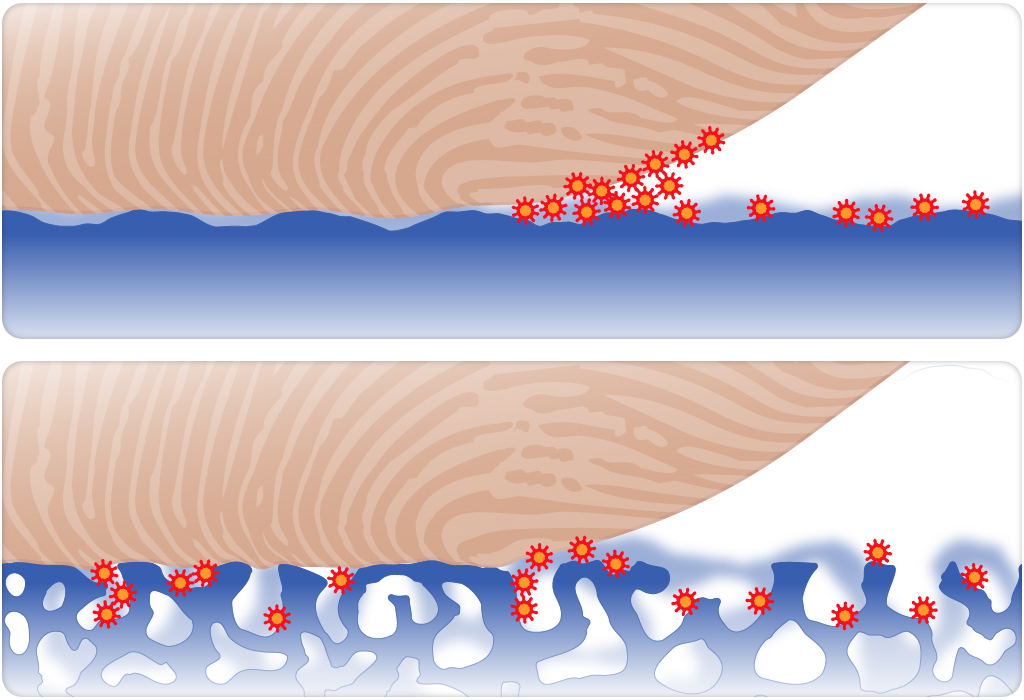
However, a 2016 review of the microbial safety of wood concluded that these pores actually benefit wood as a safe food preparation surface. “In fact,” wrote the authors, “its rough or porous surface often generates unfavourable conditions for microorganisms.” In another 2016 study, food that was dropped on a carpet—also a porous surface—was less contaminated with bacteria than food that fell on stainless steel or tile.
It’s all about what is available on the surface. If pathogens get sucked into a porous surface like wood, they might not be able to transfer to anything you place on the surface. Moisture is also drawn away from the surface, which makes it less friendly to pathogens.
Foods like raw meat, poultry and seafood have a high risk of cross contamination—transferring harmful bacteria like salmonella via surfaces to other food items. To be on the safe side, the Australian Food Safety Information Council recommends that you use plastic or glass chopping boards for these foods. Running chopping boards through a dishwasher at high temperatures helps disinfect them.
Old chopping boards of any material should be replaced. Knife grooves and worn areas on plastic chopping boards can become a breeding ground for microorganisms. Pores in old wooden chopping boards can become clogged and lose their food safety benefits.
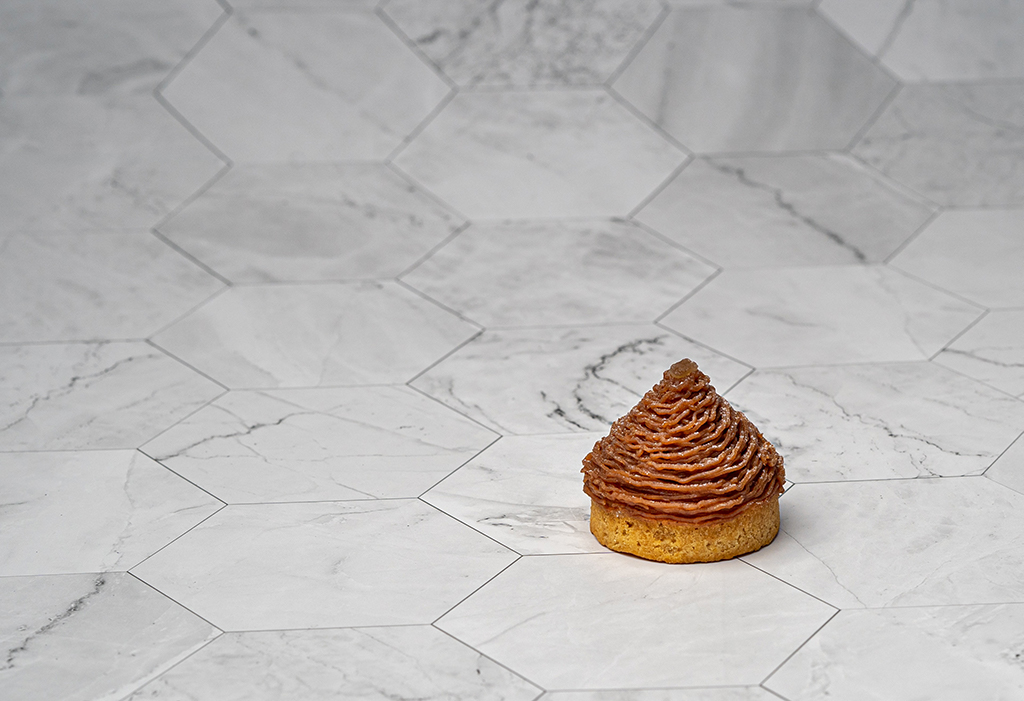
Steel, plastic and touchscreens: clean these often
In coronavirus studies, the most resilient viruses took up residence on non-porous plastic and steel. Infectious particles have been detected on both surfaces for up to 72 hours.
Because virus numbers can’t increase on surfaces, every hour that passes between the virus landing on a surface and you touching it decreases the chance of you getting sick. Inhospitable conditions like sunlight and high humidity also harm the virus.
When it comes to surface transmission, non-porous surfaces that we touch often but rarely clean remain a concern. You are likely to be aware of door handles, elevator buttons and other surfaces in high-traffic areas touched by multiple strangers. But at this very moment, you might be staring at one surface to which you haven’t given a lot of thought.
Our phones are always within hand’s reach. Many of us keep them with us when we eat, some sleep with them and (admit it) we may even carry them to the toilet with us. A lot of what we touch likely ends up on our phones.
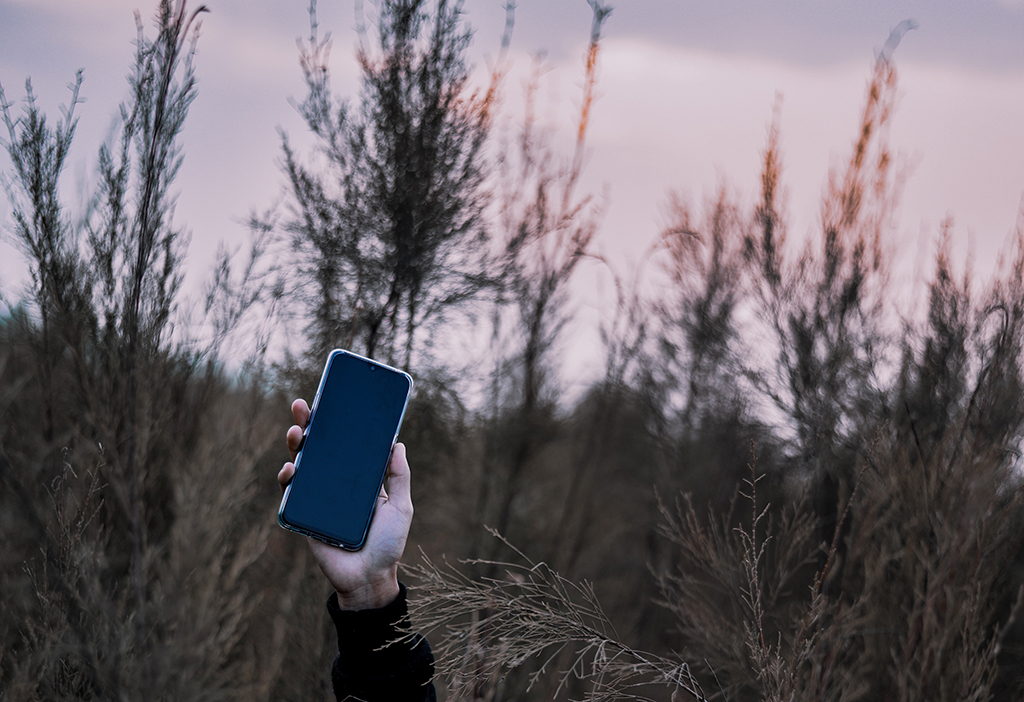
As with other surfaces, the greatest risk is in healthcare settings. A 2009 review of mobile phones as a carrier of disease-causing bacteria found that up to a quarter of healthcare workers’ phones studied were contaminated with such bacteria.
If you don’t frequent hospitals or other healthcare facilities, it’s less likely that your mobile phone is contaminated with disease-causing pathogens—but it is possible. Surfaces that are ‘primed’ by skin oils and other gunk are more likely to enable pathogen transmission.
When was the last time you cleaned your phone? A 70 per cent isopropyl alcohol solution or other cleaning method suggested by the manufacturer of your device, done regularly, would improve things a lot.
As the restrictions lift and we return to the outside world, be mindful of what you touch. The best step you can take to avoid getting sick is to wash your hands.





